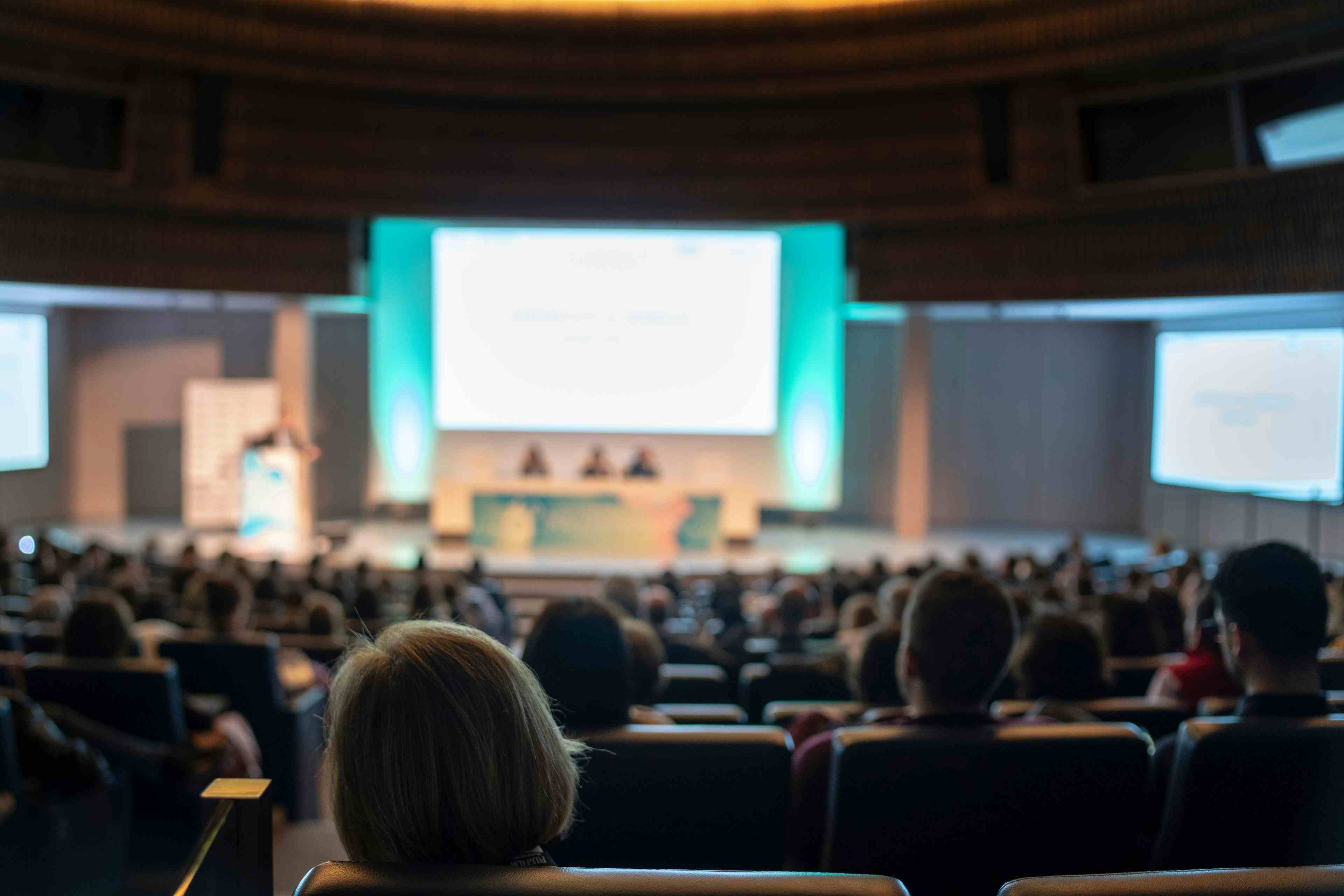- Acne
- Actinic Keratosis
- Aesthetics
- Alopecia
- Atopic Dermatitis
- Buy-and-Bill
- COVID-19
- Case-Based Roundtable
- Chronic Hand Eczema
- Drug Watch
- Eczema
- General Dermatology
- Hidradenitis Suppurativa
- Melasma
- NP and PA
- Pediatric Dermatology
- Pigmentary Disorders
- Practice Management
- Precision Medicine and Biologics
- Prurigo Nodularis
- Psoriasis
- Psoriatic Arthritis
- Rare Disease
- Rosacea
- Skin Cancer
- Vitiligo
- Wound Care
News
Article
History of Smoking May Correlate With Rosacea Risk, Study Poses
Author(s):
Mendelian randomization suggested a potential causal relationship between the 2 variables.
The risk of developing rosacea may be associated with a history of smoking, according to results of a Mendelian randomization analysis published in the Journal of Cosmetic Dermatology.1
However, researchers reported that they found no evidence supporting an increased risk of rosacea in individuals who presently smoke.
Image Credit: © Milan Lipowski - stock.adobe.com

Background and Methods
Historically, the associations between rosacea and smoking have not been entirely clear. Research out of the United Kingdom has pointed toward a potential lack of association between smoking and alcohol consumption behaviors and the risk of developing rosacea, with data supporting even a reduction in risk.2 A conflicting study and meta-analysis out of Turkey reported a significantly higher risk of subtype 1 rosacea and erythema among smokers.3
With this lack of consensus, authors of the present study aimed to address these gaps in knowledge and contribute to the growing body of research attempting to clarify the relationship, if any, between these 2 variables.
Researchers analyzed genome-wide association study (GWAS) data on rosacea with simultaneously scanning GWAS data on smoking status (ie "previous" versus "current"). Single-nucleotide polymorphisms (SNPs) for smoking status were selected based on significance, linkage disequilibrium, and allele frequency, resulting in 88 SNPs for “previous” and 91 for “current” smoking. Analysis methods included inverse-variance weighted analysis, MR-Egger, and others to assess causal effects and check for biases using R software.
Findings
Former smokers were found to have a significantly higher risk of developing rosacea. The inverse-variance weighted analysis showed a strong association with an odds ratio of 6.77, indicating a substantial risk increase. This result was corroborated by the weighted median method, which also showed a high odds ratio of 8.63.
In addition, researchers did not observe any significant association between current smoking and rosacea. The inverse-variance weighted analysis yielded an odds ratio of 0.62, and researchers identified similar results with the weighted median method, which produced an odds ratio of 0.29.
The analysis also demonstrated no significant heterogeneity for both previous (p = 0.4254) and current smoking (p = 0.7293). Additionally, the MR Egger pleiotropy test results were not statistically significant (p = 0.9453 for previous smoking and p = 0.4612 for current smoking), suggesting that pleiotropy did not affect the results. The MR-PRESSO global outlier test confirmed there were no outliers affecting the analysis.
Conclusions
Limitations of the analysis may have included its limitation to an exclusively European population, lack of individual-level data, and an inability for researchers to conduct a sex-based stratification analysis, among others.
"This [Mendelian randomization] study provides supportive evidence for a potential causal association between previous smoking and increased risk of rosacea, but not between current smoking and rosacea," according to Cai et al. "To prevent diseases related to smoking, the public should be encouraged to avoid smoking."
Researchers said they believe this analysis contributes to the body of literature assessing this relationship. Moving forward, additional studies are warranted to further delineate a causation, if any is present.
References
- Cai Y, Zeng H, Tao M. The relationship between smoking and rosacea: A Mendelian randomization study. J Cosmet Dermatol. August 13, 2024. https://doi.org/10.1111/jocd.16498
- Spoendlin J, Voegel JJ, Jick SS, Meier CR. A study on the epidemiology of rosacea in the UK. Br J Dermatol. (2012) 167:598–605. doi: 10.1111/j.1365-2133.2012.11037.x
- Kucukunal A, Altunay I, Arici JE, Cerman AA. Is the effect of smoking on rosacea still somewhat of a mystery? Cutan Ocul Toxicol. (2016) 35:110–4. doi: 10.3109/15569527.2015.1046184












